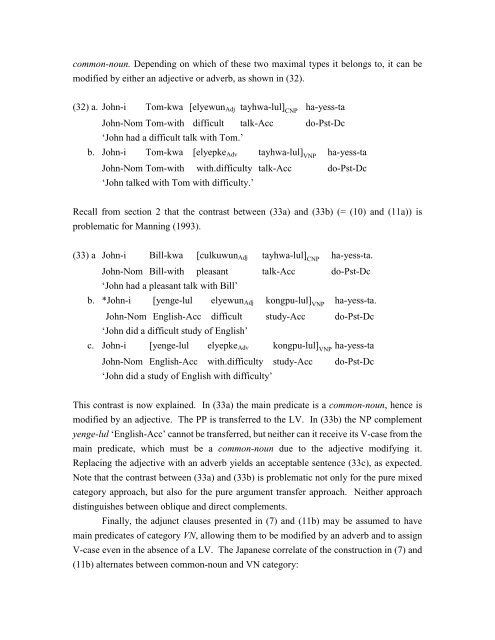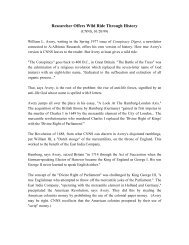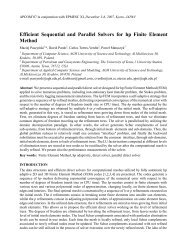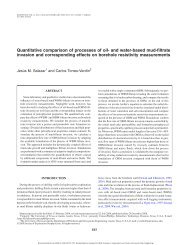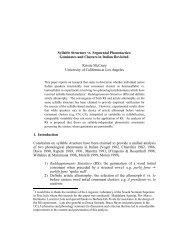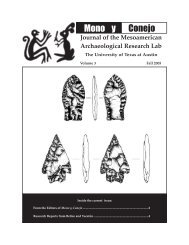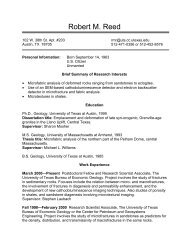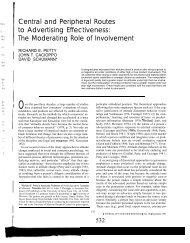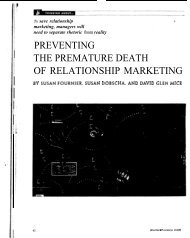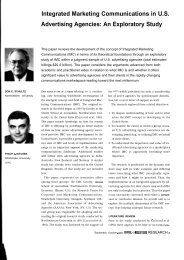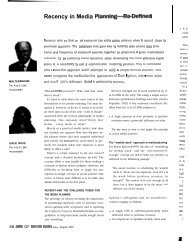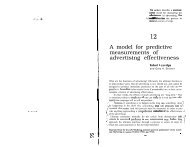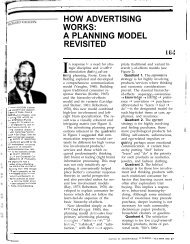Mixed Categories and Argument Transfer in the Korean Light Verb ...
Mixed Categories and Argument Transfer in the Korean Light Verb ...
Mixed Categories and Argument Transfer in the Korean Light Verb ...
Create successful ePaper yourself
Turn your PDF publications into a flip-book with our unique Google optimized e-Paper software.
common-noun. Depend<strong>in</strong>g on which of <strong>the</strong>se two maximal types it belongs to, it can be<br />
modified by ei<strong>the</strong>r an adjective or adverb, as shown <strong>in</strong> (32).<br />
(32) a. John-i Tom-kwa [elyewunAdj tayhwa-lul] CNP ha-yess-ta<br />
John-Nom Tom-with difficult talk-Acc do-Pst-Dc<br />
‘John had a difficult talk with Tom.’<br />
b. John-i Tom-kwa [elyepkeAdv tayhwa-lul] VNP ha-yess-ta<br />
John-Nom Tom-with with.difficulty talk-Acc do-Pst-Dc<br />
‘John talked with Tom with difficulty.’<br />
Recall from section 2 that <strong>the</strong> contrast between (33a) <strong>and</strong> (33b) (= (10) <strong>and</strong> (11a)) is<br />
problematic for Mann<strong>in</strong>g (1993).<br />
(33) a John-i Bill-kwa [culkuwunAdj tayhwa-lul] CNP ha-yess-ta.<br />
John-Nom Bill-with pleasant talk-Acc do-Pst-Dc<br />
‘John had a pleasant talk with Bill’<br />
b. *John-i [yenge-lul elyewunAdj kongpu-lul] VNP ha-yess-ta.<br />
John-Nom English-Acc difficult<br />
‘John did a difficult study of English’<br />
study-Acc do-Pst-Dc<br />
c. John-i [yenge-lul elyepkeAdv kongpu-lul] VNP ha-yess-ta<br />
John-Nom English-Acc with.difficulty study-Acc do-Pst-Dc<br />
‘John did a study of English with difficulty’<br />
This contrast is now expla<strong>in</strong>ed. In (33a) <strong>the</strong> ma<strong>in</strong> predicate is a common-noun, hence is<br />
modified by an adjective. The PP is transferred to <strong>the</strong> LV. In (33b) <strong>the</strong> NP complement<br />
yenge-lul ‘English-Acc’ cannot be transferred, but nei<strong>the</strong>r can it receive its V-case from <strong>the</strong><br />
ma<strong>in</strong> predicate, which must be a common-noun due to <strong>the</strong> adjective modify<strong>in</strong>g it.<br />
Replac<strong>in</strong>g <strong>the</strong> adjective with an adverb yields an acceptable sentence (33c), as expected.<br />
Note that <strong>the</strong> contrast between (33a) <strong>and</strong> (33b) is problematic not only for <strong>the</strong> pure mixed<br />
category approach, but also for <strong>the</strong> pure argument transfer approach. Nei<strong>the</strong>r approach<br />
dist<strong>in</strong>guishes between oblique <strong>and</strong> direct complements.<br />
F<strong>in</strong>ally, <strong>the</strong> adjunct clauses presented <strong>in</strong> (7) <strong>and</strong> (11b) may be assumed to have<br />
ma<strong>in</strong> predicates of category VN, allow<strong>in</strong>g <strong>the</strong>m to be modified by an adverb <strong>and</strong> to assign<br />
V-case even <strong>in</strong> <strong>the</strong> absence of a LV. The Japanese correlate of <strong>the</strong> construction <strong>in</strong> (7) <strong>and</strong><br />
(11b) alternates between common-noun <strong>and</strong> VN category:


